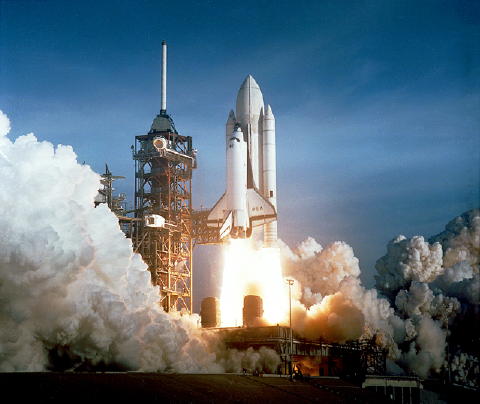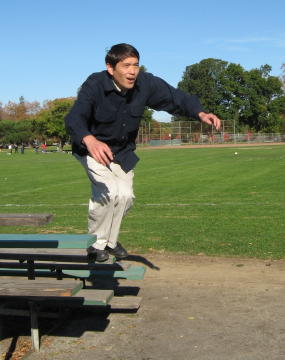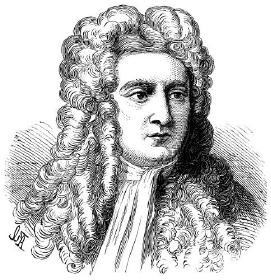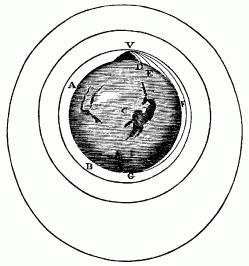| Weightlessness in Outer Space: At What Altitude Does Weightlessness Happen? Watch the YouTube version of this website  You might think that astronauts are weightless
because they are far from the Earth. So you might ask, "What height
above the Earth must astronauts reach to achieve weightlessness?" But
it's not any particular height or altitude that makes them weightless.
Gravity is almost as strong at the height of the International Space
Station as on the surface of the Earth -- only about 10 percent weaker. You might think that astronauts are weightless
because they are far from the Earth. So you might ask, "What height
above the Earth must astronauts reach to achieve weightlessness?" But
it's not any particular height or altitude that makes them weightless.
Gravity is almost as strong at the height of the International Space
Station as on the surface of the Earth -- only about 10 percent weaker. It's not the height, but the motion of the spacecraft that causes weightlessness. Any object that is falling freely is weightless, no matter where it happens to be. This can be the International Space Station at a height of 200 miles, a NASA reduced-gravity airplane at a height of several thousand feet, a drop tower at several hundred feet, or you jumping off a chair at 3 feet. To answer the question, a spacecraft becomes weightless when the engines are shut off, and it is falling freely. It does not matter how high up the spacecraft is.
 The launch of Space Shuttle Columbia from Cape Canaveral in 1981, resulting in two days of weightlessness. Photo courtesy of NASA. During launch of the Space Shuttle, powerful rocket engines accelerate the spacecraft for several minutes, causing the astronauts to feel greater-than-normal G forces. The moment the engines are turned off, the shuttle flies freely without power and astronauts become weightless. This effect is the same as you jumping off the picnic table at the park. You push yourself off the table and feel extra G-forces as you accelerate. (Jump from a bathroom scale to measure the force.) The moment your feet leave the table, you become weightless and you stay weightless until you land on the ground.  The launch of the author from a bench in 2009, resulting in half a second of weightlessness. The shuttle's flight lasts several days, whereas your flight lasts less than one second. But you experience exactly the same weightlessness as the astronauts. The shuttle is weightless because it is falling freely, not because it is far from the Earth. You don't need to leave Earth, or even fly in an airplane, to become weightless. You can even do weightlessness experiments while jumping off of a bench. The usual destination of the Space Shuttle is the International Space Station. The space station orbits the Earth at height of about 200 miles (350 km) at a speed of about 17,000 MPH (28,000 km/hr), taking about one and a half hours per orbit around Earth. Astronauts aboard are weightless because their space ship is falling freely. Its rocket engines are turned off and nothing is holding it up. 
If the International Space Station is falling freely without power, why doesn't it fall back to Earth? The answer is that it is in orbit around the Earth. It is falling freely toward Earth, but it is traveling so fast that the curvature of its path matches the curvature of the Earth. It's the same reason that the Moon doesn't fall to Earth, and the Earth doesn't fall into the Sun. Sir Isaac Newton understood this principle in the 17th century. He even published a picture to illustrate it.   Sir Isaac Newton and his orbit diagram There are two reasons you can't actually put a cannon ball into orbit this way. First of all, there is no cannon powerful enough to achieve the required speed. Furthermore, even if you could achieve this speed, air resistance would slow down the cannon ball, causing it to fall to the ground. You need a powerful rocket to get the required speed and you need to get above the above the Earth's atmosphere to stay in obit. The air resistance problem affects the International Space Station. There is still a tiny amount of atmosphere present 200 miles above the Earth's surface. As the space station collies with these air molecules, it experiences very weak wind resistance. As a result, it gradually drifts into a lower orbit. The astronauts must periodically fire some small rockets to boost the altitude of the space station to maintain the desired orbit. During such boosts, the astronauts feel the G forces of acceleration; they are not weightless. The following Brewster Rockit comic by Tim Rickard also illustrates the orbit principle.  ©2012 Tribune Media Services, Inc. All rights reserved. For more info on orbits, visit http://spaceplace.nasa.gov/how-orbits-work/ Would you like to experience of weightlessness like the astronauts? Here are several good ways:
See also: How to View the International Space Station in the Sky This concludes What Causes Weightlessness. You can register your comments, questions, suggestions, and corrections at the Dog Daze Guest Book. More science: Radioactive Decay: Half-Life, Average Life, and Decay Rate Even more science: Secular Equilibrium and Radioactive Decay |
 2018 News Item: The Virgin Galactic
2018 News Item: The Virgin Galactic  2013 News Item:
2013 News Item:  Was
Was